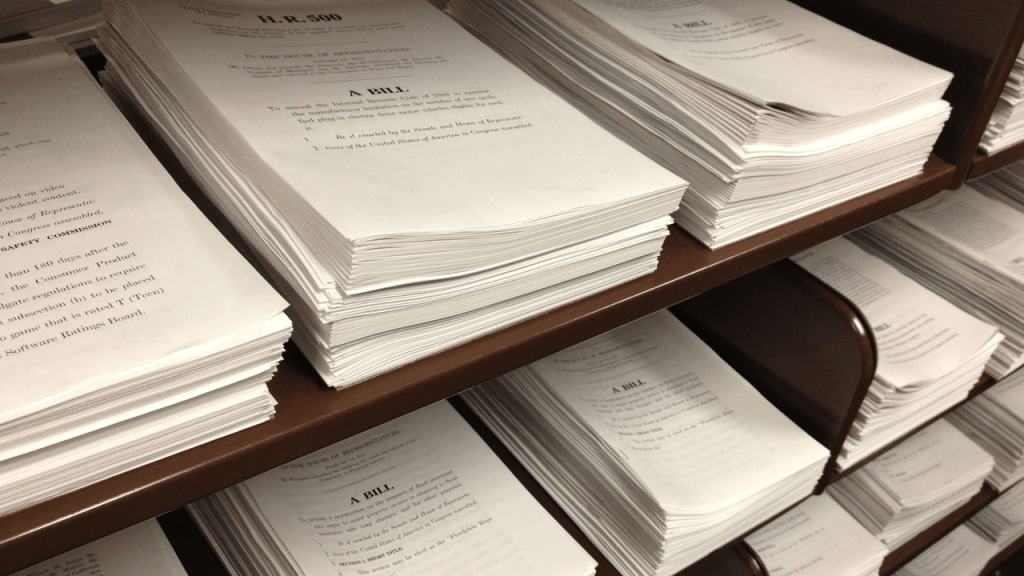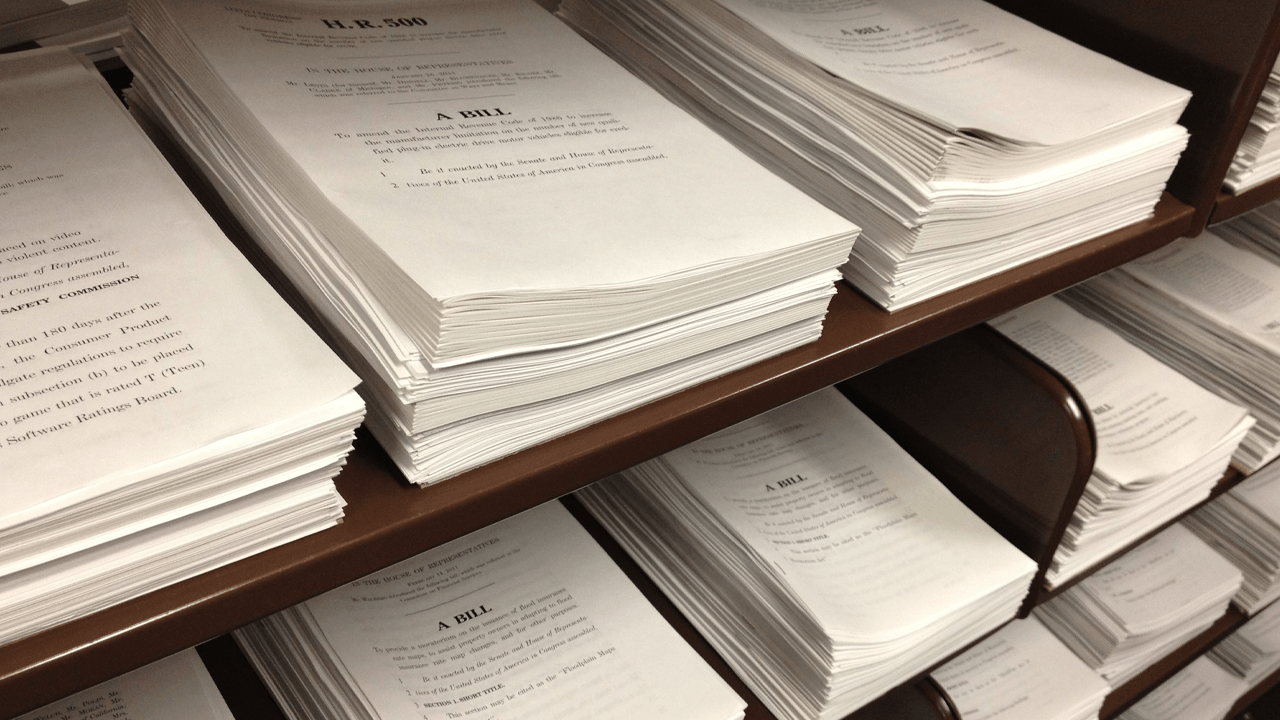
The passage of President Trump’s “Big, Beautiful Bill” through the House and Senate represents a defining moment in his administration, sparking intense debate and scrutiny. Supporters celebrate it as a transformative achievement, while critics warn of its potential to destabilize the nation’s fiscal health. This legislation, with its sweeping provisions and contentious origins, demands a comprehensive analysis of its implications.
A Contentious Birth: Navigating Republican Divisions
The journey of the “Big, Beautiful Bill” to enactment was fraught with challenges, despite Republican majorities in both chambers of Congress. Internal party divisions emerged over key issues, including the bill’s impact on the national debt, Medicaid cuts, and energy policy. Fiscal conservatives raised alarms about the bill’s potential to balloon the national debt, citing Congressional Budget Office (CBO) estimates that projected trillions in additional debt over the next decade. This concern was compounded by proposed cuts to Medicaid, which drew opposition from moderate Republicans worried about the bill’s impact on low-income populations. The energy policy provisions also sparked debate, with some Republicans questioning the wisdom of expanding domestic fossil fuel production amid growing climate concerns.
To secure passage, President Trump and Republican leaders engaged in intense negotiations, offering concessions on certain provisions while emphasizing the bill’s economic benefits. House Speaker Mike Johnson framed the bill as a victory for the American people, urging Republicans to unite behind it. The political maneuvering underscored the challenges of governing with a narrow majority and navigating conflicting ideological priorities.
Key Provisions: A Sweeping Overhaul of Domestic Policy
The “Big, Beautiful Bill” encompasses a broad range of policy changes, affecting taxes, healthcare, energy, immigration, and the national debt. The bill’s tax cuts for individuals and corporations are designed to stimulate economic growth by increasing disposable income and business investment. Increased spending on immigration enforcement and the military reflects the Trump administration’s priorities of border security and national defense. The Medicaid cuts aim to reduce government spending, though critics argue they will harm vulnerable populations. The energy policy provisions promote domestic production of oil, coal, and natural gas, intended to reduce reliance on foreign energy sources and create jobs in the energy sector. Additionally, the bill includes a provision to raise the debt ceiling by $5 trillion, preventing a federal default and allowing the government to continue meeting its financial obligations.
Economic Impact: A Storm of Uncertainty
The economic consequences of the “Big, Beautiful Bill” are a subject of fierce debate. Supporters argue that the bill will spur economic growth, create jobs, and boost investment, citing the tax cuts as a key driver of these benefits. They contend that businesses will invest and expand, leading to increased hiring and higher wages. Critics, however, warn that the bill will exacerbate income inequality, increase the national debt, and potentially lead to inflation. They argue that the tax cuts disproportionately benefit the wealthy, while the Medicaid cuts will harm vulnerable populations. The increase in the national debt is also a major concern, as it could lead to higher interest rates and reduced economic growth in the long run.
Independent analyses of the bill’s economic impact have yielded mixed results. Some studies project modest economic growth, while others warn of significant negative consequences. The actual impact of the bill will depend on various factors, including the overall state of the economy, the Federal Reserve’s monetary policy, and the response of businesses and consumers to the policy changes.
A Legacy in the Making: More Than Just Numbers
Beyond its immediate economic effects, the “Big, Beautiful Bill” is poised to have a lasting impact on American society and politics. It represents a significant shift in the country’s fiscal policy, with potentially far-reaching consequences for future generations. The bill also underscores the deep divisions within the Republican party, highlighting the challenges of governing with a narrow majority and navigating conflicting ideological priorities.
The bill’s passage is a testament to President Trump’s ability to rally his party behind his agenda, even in the face of strong opposition. It also demonstrates the power of the Republican leadership to overcome internal divisions and push through major legislation. However, the long-term consequences of the bill remain uncertain, and its legacy will likely be debated for years to come.
Conclusion: A Crossroads for the American Future
The “Big, Beautiful Bill” is more than just a piece of legislation; it’s a reflection of the competing visions for the American future. It represents a bet that tax cuts and deregulation will unleash economic growth, while critics fear it will exacerbate inequality and burden future generations with debt. Whether it proves to be a catalyst for prosperity or a harbinger of fiscal crisis remains to be seen. Only time will tell if this “Big, Beautiful Bill” truly lives up to its name, or if it becomes a cautionary tale of political ambition and economic miscalculation.





